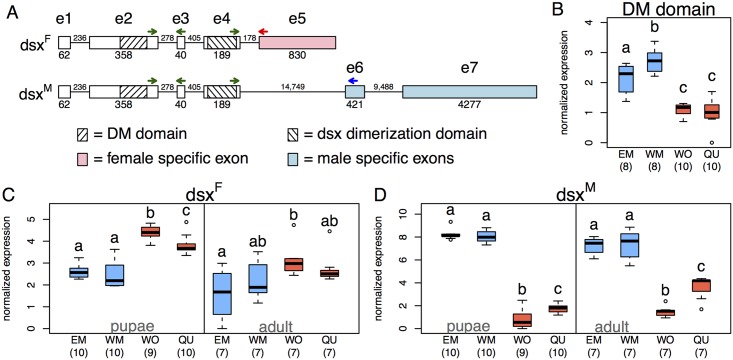Fig 1. Sex- and morph-specific expression of dsx isoforms in the ant Cardiocondyla obscurior.
(A) Schematic illustration of the sex-specific doublesex isoforms dsxF and dsxM. Numbers show sizes of exons and introns in bp. Arrows indicate approximate positions of primers (green: targeting both isoforms, red/blue: specific for dsxF/dsxM, respectively; green-exon2: dsx4_for4, green-exon3: dsx4_rev1, green-exon4: 4for, red: F5rev, blue: M5rev). (B-D) Normalized gene expression of dsx measured by qPCR in wingless (“ergatoid”) males (EM), winged males (WM), workers (WO) and queens (QU). (B) Expression of the DM domain-encoding exon in adults is higher in males than in females, and higher in winged than in wingless males. (C) dsxF is significantly higher expressed in female than in male pupae, whereas dsxM is significantly higher expressed in males than in females (D). Worker pupae express significantly more dsxF than queen pupae, and adult workers express significantly less dsxM than adult queens (C+D). Letters indicate significant differences. Sample sizes are given in parentheses, boxplots show the median, interquartile ranges (IQR) and 1.5 IQR.

